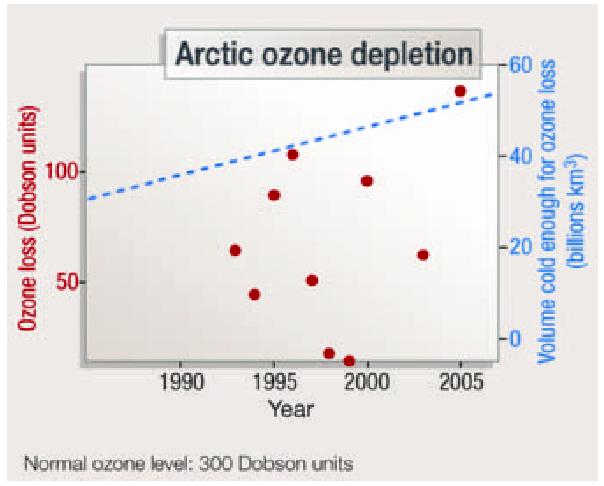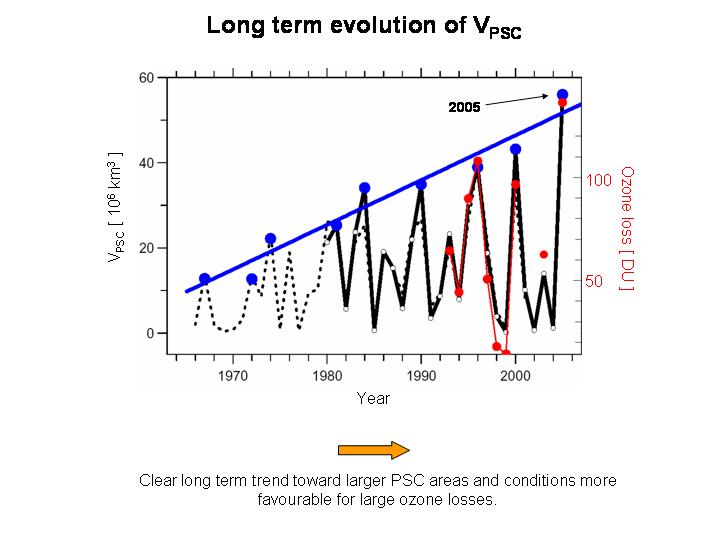A couple of recent papers in Science this week relate to discussions we have had on RealClimate recently. The first by Curry and Mauritzen relates to the Gulf Stream Slowdown? post and describes the amount of fresh water that has been added to the North Atlantic over the last few decades (calculated from a database of salinity measurements) and what impact that has had on density and overturning circulations. There is a press release available at WHOI which is quite informative (hat tip to Joseph O’Sullivan for the link).
The second is related to the Storms and Climate Change post and is a perspective by Kevin Trenberth on the potential for a hurricanes and global warming link. The NCAR press release is available here.
These will undoubtedly not be the last word on the subject, and so we will probably be revisiting these topics at some point soon…





